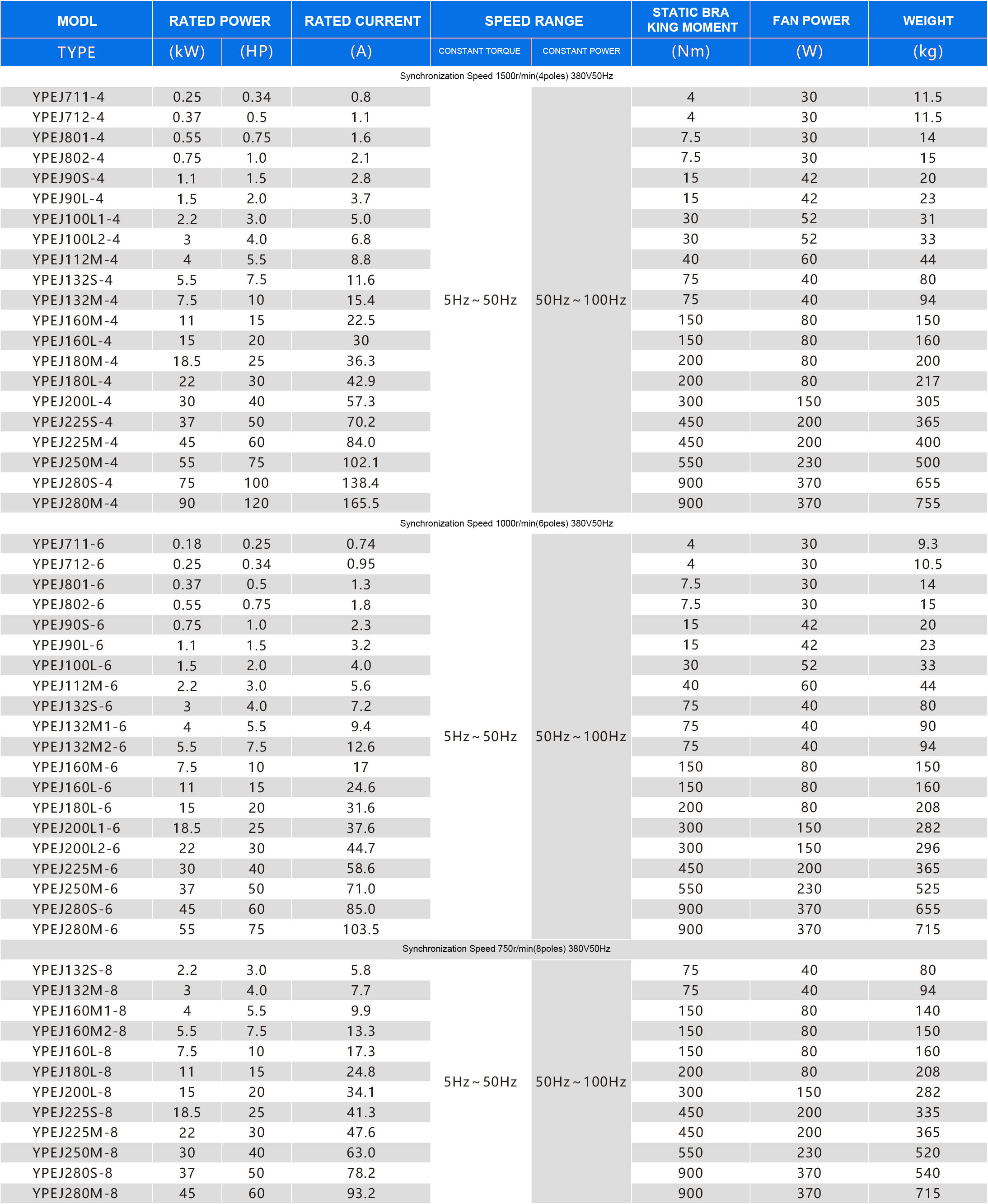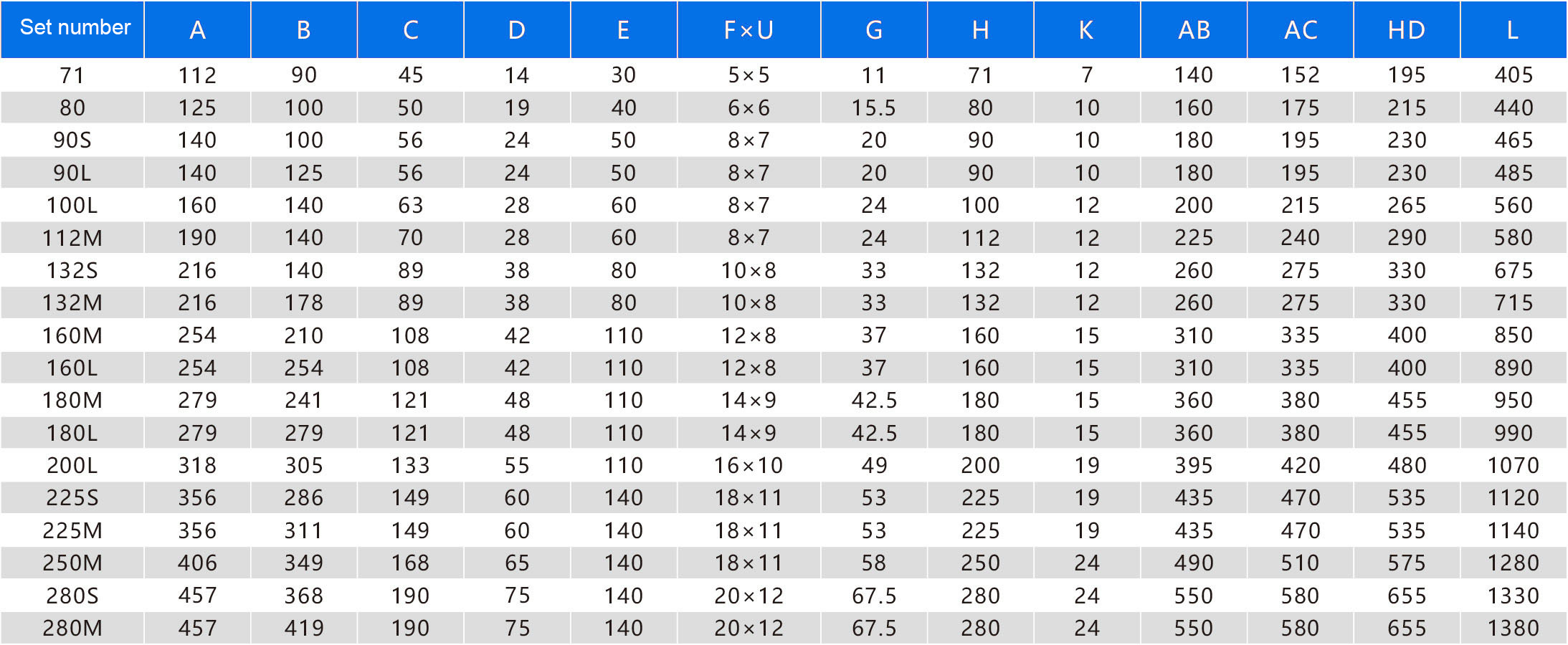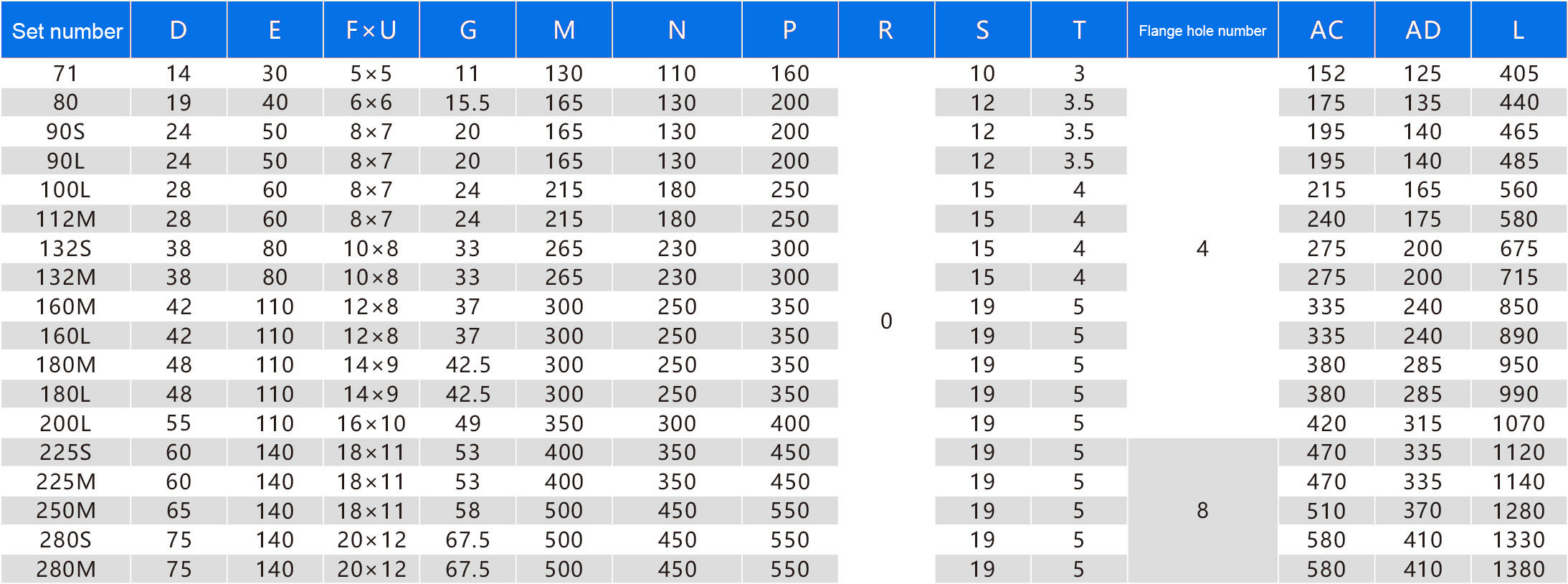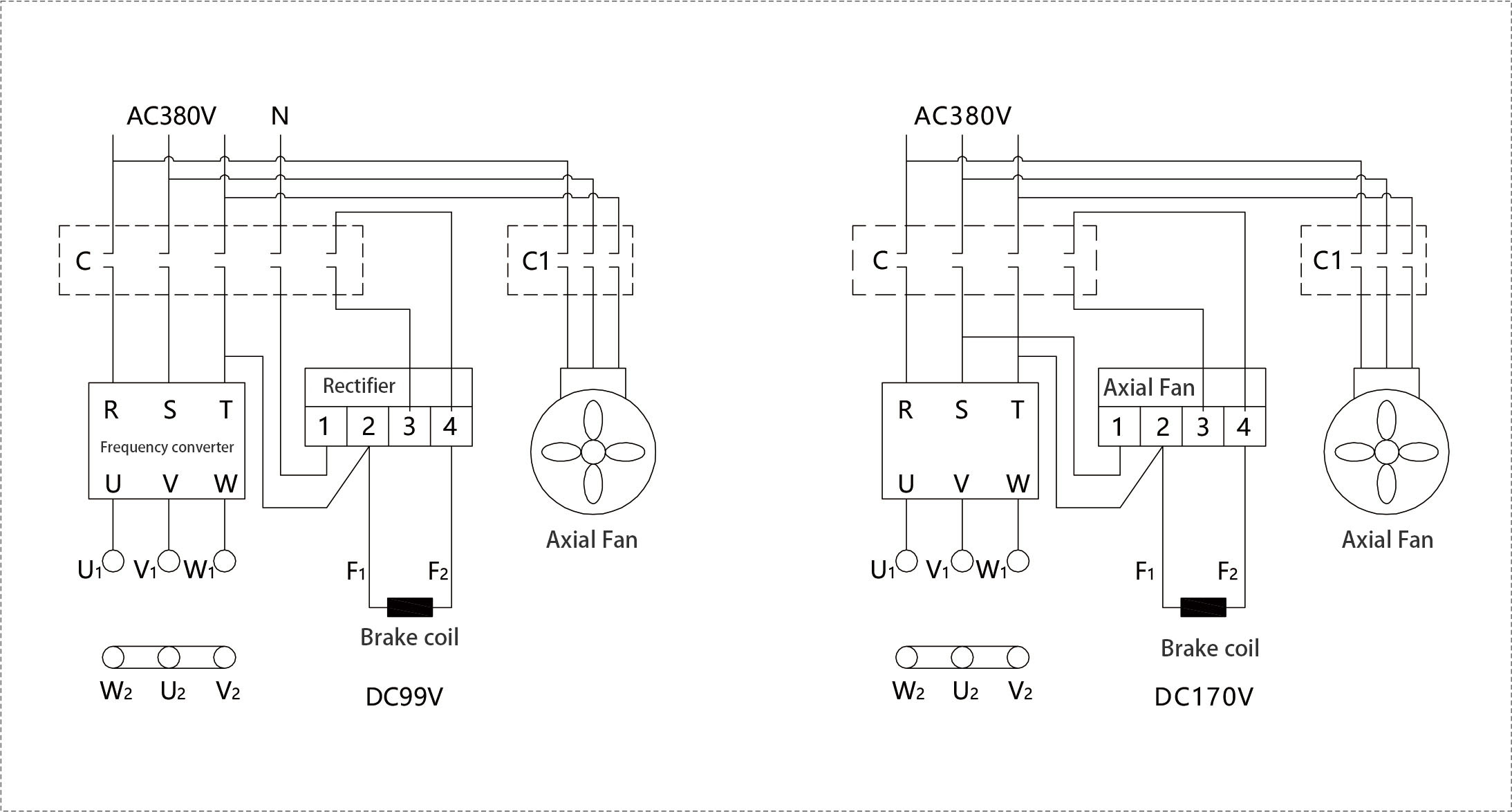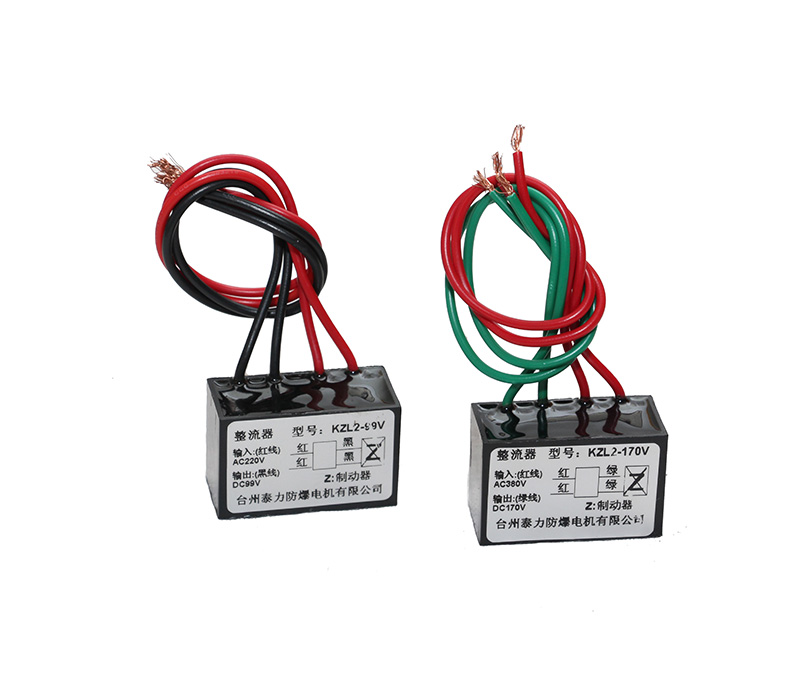
Products
YPEJ series electromagnetic brake three phase asynchronous motor
Product Brief
YPEJ series frequency conversion speed regulation electromagnetic brake three-phase asynchronous motor is composed of YP series frequency conversion speed regulation three-phase asynchronous motor, DZM series DC electromagnetic brake and cooling fan. It is a motor suitable for frequency conversion speed regulation.
Scope of use
This series of motors are suitable for light industry, textile, electroplating pipeline and other industries requiring mechanical transmission, to achieve speed regulation, accurate positioning, reciprocating operation and other actions.
Working principle
When electrified, the electromagnet produces a strong electromagnetic force to suck the armature plate to compress the brake spring. The two dual surfaces of the friction disc are separated from the pressure of the armature plate and the plane of the back cover of the motor, and the motor can rotate flexibly. When power is lost, the armature plate is pressurized by the pressure of the brake spring to tighten the friction disc and generate strong friction braking moment, so that the rotating motor brakes rapidly and achieves accurate positioning.
Product characteristics
1. The overall protection level of the motor is IP44.
2. Motor cooling mode IC416;
3. The release device is external, and the manual release is flexible and convenient.
4. The insulation grade is F.
5. Installation size and power level of the motor fully conform to JB/T6456 industry standard and IEC-72 international standard.
6. 71 motor case is aluminium alloy, 80-160 motor case is aluminium alloy or cast iron, 180 and above motor case is cast iron.
Conditions of use
1. Rated voltage: The standard product is AC380V 50Hz;
2. Working mode: S1 (continuous working system);
3. The altitude should not exceed 1000mm.
4. Environmental temperature: - 15 ~40 C;
5. When the monthly mean minimum temperature is not higher than 25 C, the wettest monthly average maximum relative humidity is 95%.
6. Speed regulation range: 5Hz-50Hz is constant torque speed regulation, 50Hz-100Hz is constant speed regulation.
Copyright © Taizhou Taili Explosion Proof Motor Co., Ltd. All Rights Reserved 浙ICP备11008472号 Powered by www.300.cn
Links:SHENZHEN

